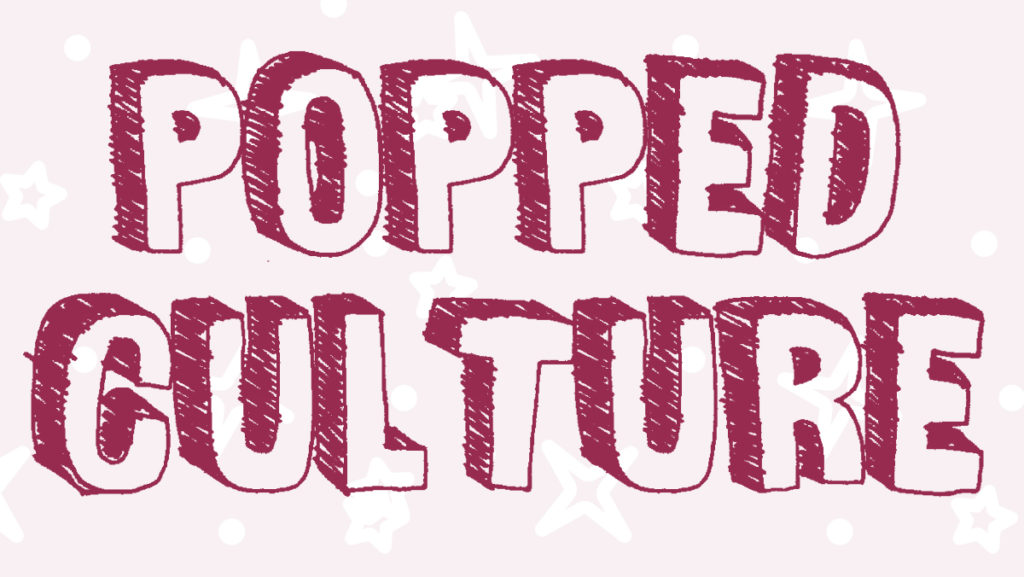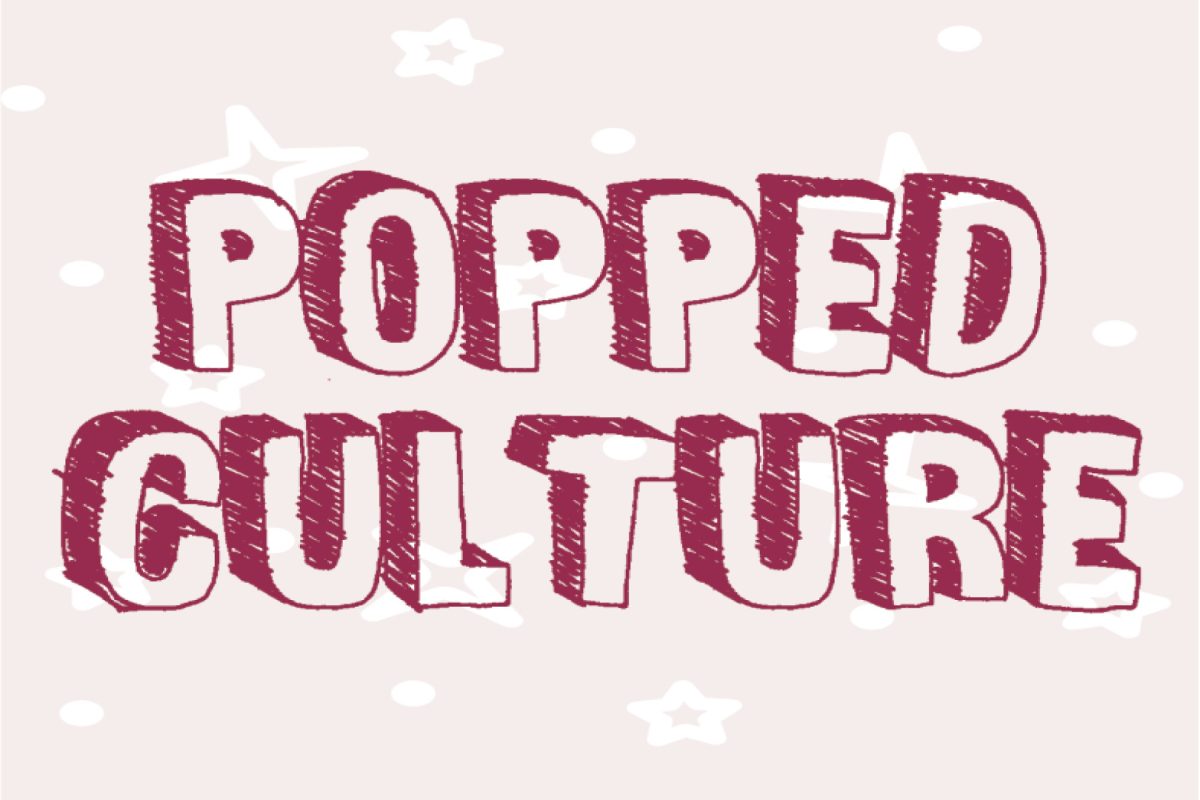Using energetic voice-overs and editing that pops, a video essay effortlessly takes someone through every step of an argument. Video essays are exactly what they sound like: an essay in a video format. These types of essays are prominent on YouTube as a way to study both film and television. The reason for their popularity is likely that they are in the same format as the works they study. Today, the video essay has created a landscape full of differing opinions and novel thoughts. Still, it is not always a template for healthy conversation and can sometimes breed emotionally charged conversations that miss the point of the media the video creators are discussing. To fully understand the video essay, it is important to start from the beginning of the genre’s history.
In the 20th century, the film essay was just looking to survive. It was not about opinions or subject matter. It was only about getting the genre going. Because people saw the movies as solely entertainment, there was no place for the film essay in a time when people had to pay to go to theaters. The film essay was an unfulfilled dream, but the internet quickly changed that. Now that the video essay has been granted a life of its own, it has developed its own visual language, and essayists can now be grouped into categories, much like auteur directors of popular films.
Enter: The Internet. In the digital age, the doors were blown open, and anything became possible. It was like the world was giving film essayists everything they had ever dreamed of. Now, people could use digital video to make and distribute anything they wanted for almost no cost at all. The film essay took on a new guerrilla style that suited it perfectly, with a new name: the video essay.
Video essays have reached an almost comical level of saturation on the internet, to the point that we are living in an almost postmodern world of video essays. There are video essays about video essays and so many video essays about the Marvel Cinematic Universe or “Star Wars” that it is tough to imagine how much more those franchises could be unpacked. That said, there are many different types of creators, and their differences must be noted to discuss them.
First, there are essayists who take a sort of comedic everyman approach to things. Not all of their videos are proper video essays, but they often make arguments that teeter toward essaydom. Channels like “24 Frames of Nick,” created by Nick Cross, have all but cornered the market on nostalgia. Cross specializes in making comedy-centered essays that focus on obscure media from both now and his childhood. He is known for his love of “High School Musical 2” and the many videos he has made explaining why it is the greatest film ever made. At 21 years old, Cross is notable for his young age and participation in this new wave of internet creators who grew up with YouTube. It’s similar to the way the film brats took over the film industry in the 1970s.
Another creator inhabiting this comedy essays space is “Mr Sunday Movies.” He and his co-host, Nick Mason, began as comic book fans making a podcast about comic book movies. While that is still their main focus, they are not a proper news outlet nor are they film critics. They are two comedy-focused men who try to demystify moviegoing and often remind their viewers that movies are just movies, and you don’t have to kill someone because they disagree with you.
Many creators focus on a wide variety of media, trying to make their videos funny without taking themselves too seriously. That said, there are also those who take the opposite approach. Like “24 Frames of Nick,” many new creators have grown up with YouTube and learned everything they know about the film industry from other creators. Because of the steadfast nature of video essayists and film critics, many young people feel like their opinions are objective facts rather than subjective thoughts. Some creators like “The Cosmonaut Variety Hour” or “HiTop Films” thrive on making content that has an emotional charge to it and often go against the grain of popular thinking. That’s not to say that this content does not have value, but it often ignores the middle ground in favor of statements like, “This is the best thing ever” or “This is the worst thing ever.” That type of entitled opinion-making is what can cause problems in the video essay landscape.
While some creators act like they are experienced screenwriters just because they have been on the internet, there are others who have formal education and seek to use it for good. Patrick H. Willems is one of the best creators on the internet with his video essays that cover every type of film from Michael Bay to Hayao Miyazaki. He has a degree in cinema studies, and his videos are about filmmaking and its effectiveness. Lindsay Ellis, an essayist with a degree in film studies, specializes in long-form content that often looks at feminism in film, but sometimes she just decides to take a deep dive into “Cats” for the fun of it. “Sideways” is unique in that he has a formal education in music and makes videos only about film scores. These three creators seamlessly blend scholarly opinions with easy–to–understand rhetoric. They come closest to making essays that film essayists of the 20th century would be proud of.
However, the different types of creators online have helped to create a diverse landscape of video essays. They each offer something for everyone, whether it be silly accessibility, controversial opinions or well-informed studies. It’s important that everybody has a voice, which is what makes video essays so exciting. Anybody who wants to can start talking about their favorite movie at a moment’s notice. That said, video essays are popular because they encourage conversation, and that is what people should be focused on. It is easy to get sucked into the trap of “Why It Sucks” and “Why It’s Great” videos, but it’s more fruitful to think about what’s actually being said. Video essays can create a world where everyone gets to participate in a discussion about films.





